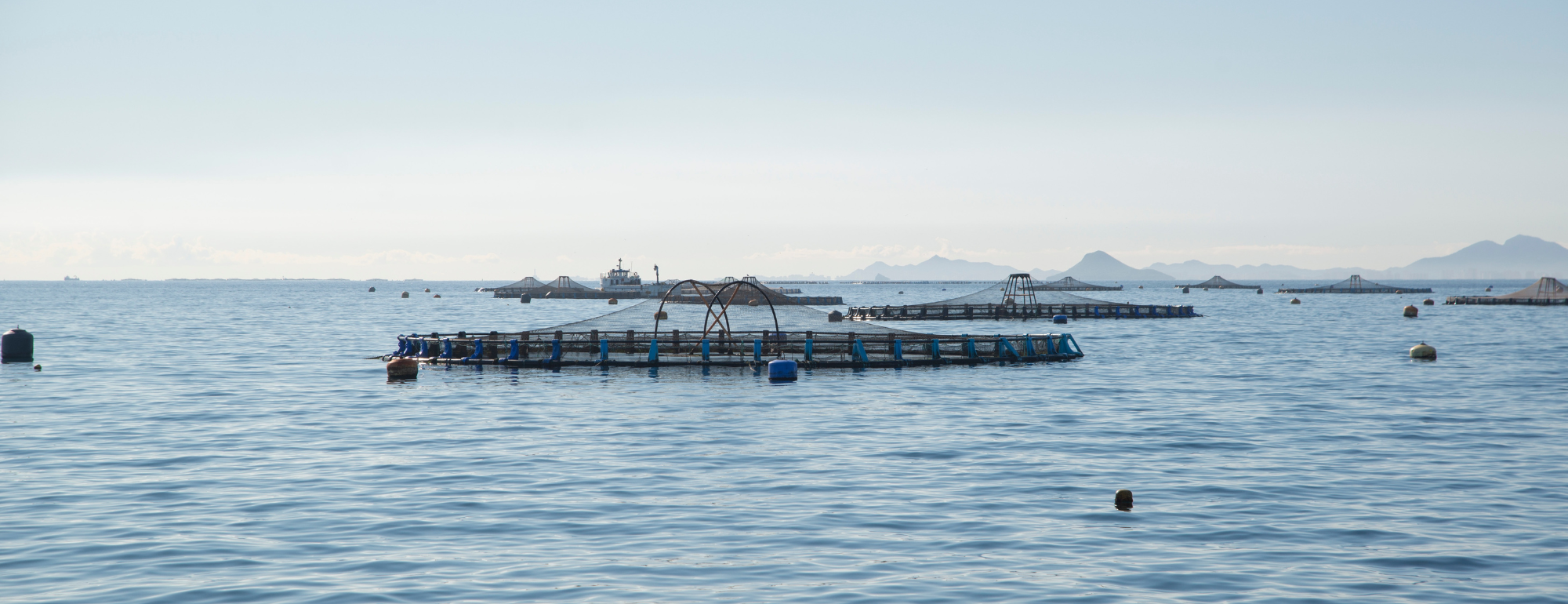This excerpt is from an article in SeafoodSource about the Blue Food Assessment paper “Vulnerability of Blue Foods to Human-induced Environmental Change.” Read the full piece here.
The global seafood industry is not adapting fast enough to the bevy of threats it faces due to climate change, a Blue Food Assessment study has found.
Climate change is the biggest problem barreling down on the industry, but pollution and overfishing also loom large, according to “Vulnerability of Blue Foods to Human-induced Environmental Change,” published 26 June in Nature Sustainability. It is one of seven scientific papers being authored by the Blue Food Assessment, an effort led by Stanford University’s Center for Ocean Solutions and Center on Food Security and the Environment; the Stockholm Resilience Centre at Stockholm University; and EAT, a nonprofit dedicated to food-system transformation, pushing to better understand the role of so-called “blue foods” in global food systems.
Global warming is causing species migration and invasion, algal blooms, hotter water temperatures, and rising sea levels, all preeminent threats to the world’s aquaculture and fishing sectors. The study found wild-catch fisheries were generally more vulnerable to climate-related stressors, particularly rising temperatures and acidification, while aquaculture was more susceptible to the effects of diseases and hypoxia, or low oxygen levels, according to Phys.org.
“Although we have made some progress with climate change, our adaptation strategies for blue food systems facing environmental change are still underdeveloped and need urgent attention,” Stockholm Resilience Center Researcher Rebecca Short, one of the paper’s lead authors, said.
The published study included a ranking of countries by their exposure to 17 key stressors identified by the authors, with China, Japan, India, and Vietnam – which collectively account for 45 percent of global seafood landings and 85 percent of aquaculture production – each deemed at the highest risk. Developing countries, including Bangladesh, Togo, and Honduras, are at the greatest risk since they have the lowest capacity for adaptation, the study found.
